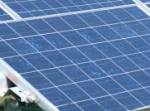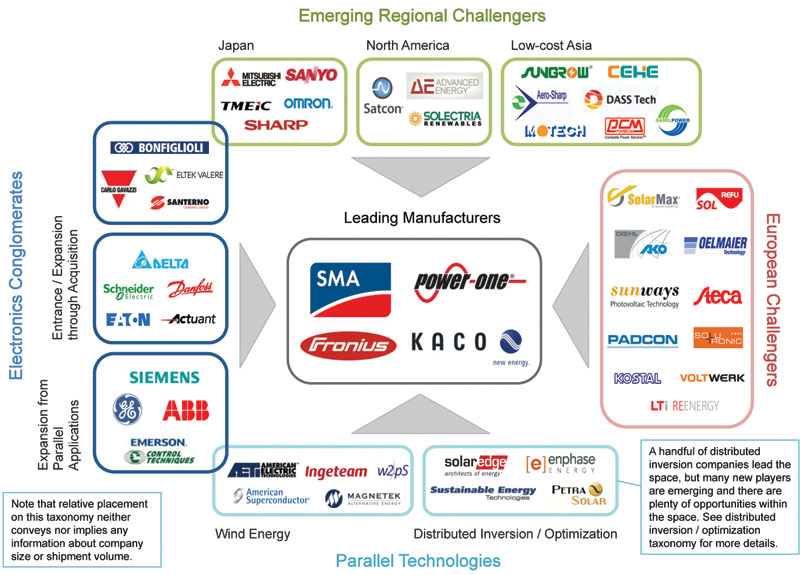Solar Topps (Tucson, Ariz.) announced a new zero-money-down solar leasing program for residential customers that will allow homeowners to lease a 9,000 kWh system for approximately USD 60 per month, which comes with a written solar power production guarantee. This due to Solar Topps will allow residential customers to produce USD 1,200 of free solar electricity every year for the next 20 years.
Leasing a solar power array should save the average customer approximately USD 480 per year on their electricity bill. Customers can save even more money by installing a larger solar power array.
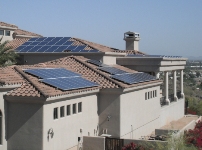
Using solar rebates, tax credits
Solar Topps does not collect a deposit, a down payment or make the customer jump through a bunch of financial hurdles. The only thing the customer needs to do to get started is fax their last 12 electricity bills to Solar Topps’ secure fax line.
Solar Topps utilizes APS, SRP and TEP solar rebates, Arizona’s personal solar tax credit and a federal solar tax incentive to pay for most of the system’s cost. Solar Topps allows the customer to finance the remaining costs and pay for the solar power array with the savings achieved by producing their own free clean solar electricity.
Replacing expensive dirty power generated by burning coal and natural gas, which emits poisonous air pollution, with free clean solar electricity is very beneficial for Arizona’s air quality and allows Arizona homeowners to become environmental stewards. Going solar is the right decision to make for the safety and well-being of every family in Arizona.
Solar Topps will be offering the zero money down Residential Solar Lease program to the following cities in Arizona: Ahwatukee, Apache Junction, Avondale, Bisbee, Buckeye, Bullhead City, Casa Grande, Cave Creek, Chandler, Chino Valley, Coolidge, Cornville, Cottonwood, El Mirage, Flagstaff, Florence, Ft. Huachuca, Fountain Hills, Gilbert, Glendale, Golden Valley, Goodyear, Green Valley, Higley, Kingman, Lake Havasu City, Laveen, Litchfield Park, Marana, Maricopa, Mesa, Paradise Valley, Payson, Peoria, Phoenix, Prescott, Queen Creek, Safford, Sahuarita, Scottsdale, Sedona, Sierra Vista, Sun City, Surprise, Tempe, Tolleson, Tucson, Vail, Yuma and other smaller Arizona cities and towns.
“Going solar not only makes Arizona a better place to breathe, but it allows families to protect themselves from future rate hikes and will save their family more than USD 9,600 over the next 20 years at today’s electricity prices. As electricity prices continue to rise, so will their family’s solar powered savings”, Solar Topps emphasizes.
Solar Topps provides a 25-year warranty on the solar panels, and the rest of the system has a 10-year warranty on all parts and labor. Solar Topps installs 100% American-made zero-power-loss (-0/+5%) solar panels and 97% efficient power inverters and uses only skilled trade labor to install the solar power array.
Source

 Follow
Follow
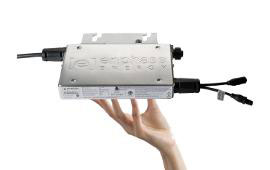

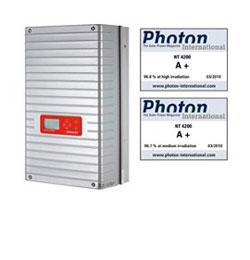
 Sunways Solar AG (Konstanz, Germany) announced a new solar PV inverter, the NT 3000, based on a novel switching concept which has won the Joseph von Fraunhofer Prize 2011. Also on June 8th, 2011, Sunways announced that the Germany Energy and Water Association (BDEW) has awarded the company the unit certificate for its PT series inverters.
Sunways Solar AG (Konstanz, Germany) announced a new solar PV inverter, the NT 3000, based on a novel switching concept which has won the Joseph von Fraunhofer Prize 2011. Also on June 8th, 2011, Sunways announced that the Germany Energy and Water Association (BDEW) has awarded the company the unit certificate for its PT series inverters.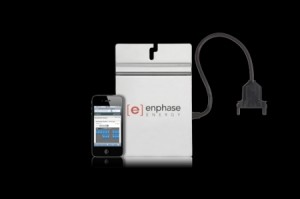 “Our new offering delivers exactly what installers have been asking for – a proven, no-compromise microinverter system that sets the bar for efficiency, is simple to install and is guaranteed for the 20 to 25 year expected lifetime of the solar system.”
“Our new offering delivers exactly what installers have been asking for – a proven, no-compromise microinverter system that sets the bar for efficiency, is simple to install and is guaranteed for the 20 to 25 year expected lifetime of the solar system.”